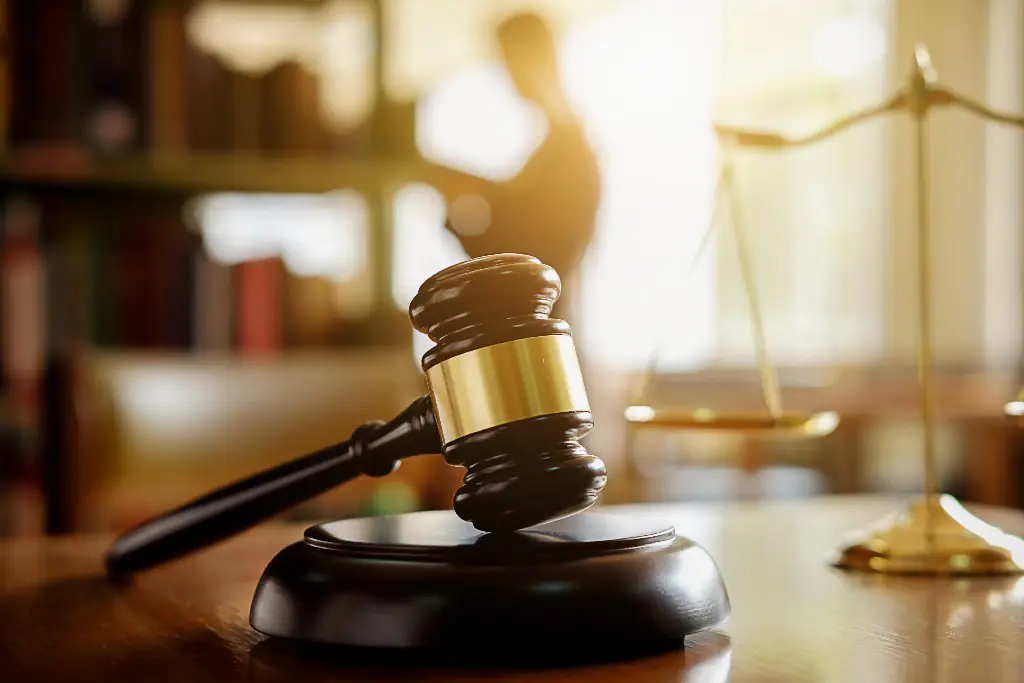
Execution of specific searches and surveillance of distinctive marks both prior and subsequent to their filing or registration based on the various types of services/products and countries of interest, and related assessments and technical opinions on any potentially conflicting third-party marks
Searches and surveillance carried out for both identity and similarity, analysing possible conflicts between trademarks, both names and figures, between trademark owners, between designs, both in form and image, between design owners, between companies and between domain names
After your registration, management of specific actions to block any filings or registration of other marks similar or identical to yours, from an informal contact to a cease-and-desist letter from legal counsel, not to mention administrative procedures to oppose registration
Oversee your IP rights to better defend your assets

It is not enough to
check on Google.
If a conflict trademark
is already
on search engines
it may already be
too late
Opportunities to
intercept conflict brands
before their
registration
Surveillance searches in:
- public databases
- customs
- web
Surveillance
is effective if
it is a monitoring
continuous
The principles of novelty, distinctiveness, lawfulness and truthfulness underlie the registration of a distinctive mark. Mark searches and surveillance performed on product and service classes and in the countries of current and future interest of your company are strategic “sentinels” that guide you in your choices of registration and defence of your intangible assets.
If you want to register a trademark, before filing novelty and prior art searches allow you to check that there are no other identical or similar prior marks already registered, analysing and assessing the degree of conflict of each mark that may be found with specific expertise.
After registering your trademark, subsequent surveillance and monitoring will allow you to promptly detect attempts to register other marks in conflict with yours so that you have time to intervene with the appropriate legal tools to oppose their registration.
Searches and surveillance can also be very useful tools to monitor the IP portfolio of competitors and counterparties or possible future partners.
We support our customers by declining the service according to their needs and dimensions

Protection consortia
Designation protection strategy External IP office

Medium-sized and large companies
Strategic asset portfolio management Support for marketing and legal departments

Legal and Tax Consultancy Firms
Synergy for the defence and protection of trademarks and designs | Support for IP due diligence

Communication agencies and designers
Synergy in the choice of naming, trademarks, designs and domains

IP professionals in other countries (EU/Non-EU)
IP compliance management in accordance with Italian and EU regulations

Small enterprises and farms
Protection strategy support | External IP office

Start-ups and individual trademark owners
Planning the strategy for the establishment and defence of exclusive rights
Do you want to block the registration of other trademarks that are identical or similar to yours?
We help you monitor global registries and databases to identify third-party registration applications at an early stage
FAQ
Why is it important to conduct a preliminary prior art search before filing a trademark?
The purpose of a prior art search is to protect the future investment of the entrepreneur hoping to start a business with a certain trademark.
If the search is performed on trademark registers, it’s possible to check for the possible existence of prior rights of third parties for identical or similar marks, and for identical or similar goods.
It is possible to develop an informed and targeted filing strategy only after first analysing search results and making specific assessments.
For trademark registrability, why is it appropriate to also do a search of company names and domain names?
By law, the adoptability of a trademark, and thus its use and registration, may also be hindered by the existence of company names, signs or domain names that are identical or similar to the trademark of interest when used in connection with a business that is the same as or similar to the goods/services covered by the trademark in question.
The research carried out on these marks also makes it possible to make a complete and effective assessment.
Why is it useful to activate surveillance on one’s own trademarks?
When examining a trademark application, neither the Italian nor the European trademark offices investigate whether the requirement of novelty has been met, and therefore do not assess whether the trademark is identical or similar to an earlier one that has already been registered.
In other words, these offices do not automatically identify or block trademark applications that are identical or similar to others that are already in the registry.
After filing/registering a trademark, it is therefore the private individual’s responsibility to protect themself, which is why it is advisable to engage a private surveillance service that monitors the relevant registers in order to promptly detect any infringing trademarks and take the necessary action to avoid any risk of confusion.
